SK Gaming’s 26:2 dominance on train, boasting a 92.86% win-rate, has rightfully seen the map described as one of the most dominant for a team in history, but with the competitive side of Counter-Strike: Global Offensive having been underway for more than four years now, it is worth figuring out where SK’s train stacks up with the other great maps for the fantastic teams who have played this game. In this first part of two, I look at the 20th to 11th most dominant maps in CS:GO history. Judging beyond the numbers While I have calculated the numbers for the best stretches teams had on the maps, in terms of raw map win-rate, I have not used this as the sole criterion for deciding where the maps are ranked. Obviously, the raw number does not tell who the team played against and how good those opponents were on said map. Likewise, the raw numbers cannot speak to the era in which the teams played and whether or not they were innovative in their approach to it. While the raw numbers helped me collate the list of potential teams, selecting the 20 from a collection of over 40 possible candidates, it was important to me that part of a team’s dominance came from the manner in which they played the map and implemented their style on it. As such, there are some teams who were dominant upon the map for only a specific stretch of time, but perhaps pioneered some elements of how the map was played and thus were able to beat very good opponents on that map. These are criteria which were weighed more heavily than simply the percentage of wins to losses. The NiP factor It particularly important to consider these criteria in the context of the NiP which went 87:0 in their first 87 offline maps, since they would otherwise dominate the list purely on the basis of having the best numbers. In such a world, NiP would literally have three of the top four maps and four in the top 15. It’s not that NiP dominated with the best style for those maps or tactics, though, they stand as one of the true outliers in history since they were the best team by a large margin early on and had a mixture of superstars and well suited role-players which meant they could win with incredible frequency on a map like dust2 without necessarily doing anything special, but by virtue of being such a good team. Thus, NiP’s dust2 does not feature on this list, despite the team going 33:1 on it (97.06%) over a span of around 10 months. In contrast, TSM’s dust2 showed a new way to play the defensive side of what had been a T-sided map and allowed the Danish side to defeat some of the elite teams in CS:GO with impressive consistency. Likewise, the FNATIC team which dominated late 2015 and early 2016, winning their first six offline events, displayed an even more extreme reliance upon individual ability and thus was able to put up good numbers on maps without necessarily being the best team on that map in terms of style or dominant beyond just their ability to kill the opponent. Part one: 20-11 Part two: 10-1 20-11 Note: Some of the video embeds play earlier than the time I selected, so if there is a large discrepancy then just to the time listed. 20. Second best but uniquely dangerous – LDLC/EnVyUs’ inferno Map: de_inferno Team: LDLC/EnVyUs (nV) Lineup: Happy, shox, kioShiMa, NBK and SmithZz Best stretch: 15:2 (88.23%) Stretch Spanning: 09/2014 – 11/2014 Best streak: 7 LDLC’s inferno strength was over-shadowed by the dominance of FNATIC on the same map and that Swedish side taking away most of the titles during Happy and company’s best days on the map. Nevertheless, they were also a dominant team on the map, particularly on the CT side. Where FNATIC were famed for making intelligent rotations and KRiMZ holding the B site alone, nV’s success came from a mixture of switching up spots and their own famous approach to holding the small site. On the A site, kioShiMa and SmithZz would switch up their positions around middle to ensure opponents could not quickly wrap onto the site. This was during the era of the over-powered CZ and thus SmithZz was an aggressive AWPing threat, pushing into the boiler room area of the apartments, knowing if he was overwhelmed or pushed on that he could pull out his CZ and still be dangerous. At the B site my old joke used to be that “if you want to see a highlight package of ‘The best of NBK’ then you can just watch a highlight movie of Happy.” The truth to the joke is that the chemistry between the two players at that site was legendary and anchored the French side’s strength on the map. NBK would play at more advanced positions than many B site players, engaging the opponent as soon as they got to the sandbags or the arch. In doing so, the opponent would be focused on NBK while Happy chose when the peek out and kill them. NBK and Happy frequently used a flash over peek to initially spot out the enemy via NBK: (19m55s) The different variations on how the two would perform this one-two act kept opponents unsure as to where Happy would be and, famously, if teams simply tried to smoke off the arch side and rush, then Happy was one of the best CS:GO has ever seen at navigating the smoke to end up on the other side of the attacking posse and taking them down. Happy moves through smoke: (11m28s) On the Terrorist side, LDLC were not particularly strong, they relied upon on a few default configurations which were centered around getting favourable match-ups for specific players. The CZ allowed them to play aggressively and win many low econ rounds, which made up for their lack of strong tactical executes. LDLC’s inferno lived and died by their CT sides, but their CT sides were famously strong and frequently saw them hitting double digits won. In an era when practically all teams were playing inferno and many teams were mimicing some of FNATIC’s innovations to put up strong CT sides, LDLC still stood out for their unique approach and ability to get wins off practically everyone. They were able to go 1:1 against FNATIC at the height of the Swedes’ dominance on the map and typically only lost out to other inferno specialists, such as iBUYPOWER and the Maikelele-powered NiP. While the map fell out of favour for many top teams as the meta-game became somewhat stale and thus more T-sided, with the nerfing of CZ not helping nV, they remained strong on inferno and capable of scoring big wins on it for practically their entire time together, well into their time as EnVyUs. 19. Mid control – Virtus.pro’s cache Map: de_cache Team: Virtus.pro (VP) Lineup: Snax, byali, pasha, NEO and TaZ Best stretch: 19:4 (82.61%) Stretch Spanning: 12/2014 – 05/2015 Best streak: 10 VP were one of the original masters of cache when the map was introduced to the proper competitive map pool, where previous incarnations had only been used at ESEA LANs. They had used the map to plow to the Gfinity 3 title, but had seen some slip-ups over the rest of the year, notably losing out to Cloud9. At the end 2014, they began their best run, which would stretch through to the middle of the next year. This is when Virtus.pro’s famed mid control approach would change the meta-game of how the map was played and see them securing key wins over top sides like TSM and nV, smashing the latter – who is arguably the best cache team in history, at Gfinity Spring Masters II. By taking control of the middle of the map, VP gained the ability to quickly rotate to either site and deny the opponents fast rotations which has since become a standard meta-game concept on cache. A map which was once upon a time CT sided, in admittedly a heavily CT-sided era, saw VP tearing open the T side to rack up wins. VP’s legendary mid control: (25m08s) What holds this entry back from being higher up the list is that VP did play some lower level competition during their best period, getting some easy wins against tier three at Acer A-Split Invitational, ESEA LANs and Copenhagen Games. Nevertheless, their numbers are impressive, they helped define the meta-game of the map and they did defeat elite teams of the era. Their losses typically only came at the hands of the best cache teams. 18. Each map has two sides – VeryGames/Titan’s dust2 Map: de_dust2_se/de_dust2 Team: VeryGames (VG)/Titan Lineup: shox, ScreaM, NBK, Ex6TenZ and SmithZz Best stretch: 16:3 (84.21%) Stretch Spanning: 06/2013 – 04/2014 Best streak: 6 For most of the first year and a half of CS:GO the game was CT-sided to the extent that most maps skewed this way. dust2 was a rare exception and by the time VeryGames brought in shox it had become a map where many teams relied upon their T side, with the map being famously open and favourable to allowing individual players to create aim duels which can break open sites. What VeryGames accomplished was mastery of both sides of the game, ensuring they were never out of a game on dust2. This is reflected in the numbers, as the French side were never, in 19 games, held below double digits won for the game, yet on 10, more than half, occasions held the opponent to less than 10 rounds. The reasons for VeryGames’ dominance on the map stemmed from their excellent CT side, where they had a good balance of skill and reads from their leader, Ex6TenZ. This meant that if VG started off on the CT side then they could get enough rounds to ensure closing the game on the more dominant side would easy, thus leading to lots of big score gaps on one of the maps in the game which even then skewed to a lot of tight games. Switching over to the T side, VG could get as many rounds as they pleased. VeryGames hold off a full cat-walk push: (3m45s) When they were playing on the T side, the map proved to be one of the playgrounds for shox, who has always thrived on the map, since it allows him to decide the tempo and location of the action. The success of this VeryGames lineup, who during this stretch took over from NiP as the dominant team in the game, stemmed from having the basis of Ex6TenZ’s tactical brilliance and then giving up some control to shox to make plays at his own pace. shox doing whatever he wants on the map: While for other teams I have outlined the best stretch of form on a map, this run actually covers every game VeryGames/Titan played on the map, showing how dominant they were. Over a span of 10 months they were only beaten on the map three times, with those three losses being to teams highly capable on in. One came at the hands of iBUYPOWER, and only after a full 30 rounds, in the final of the ESEA S15 LAN finals, and the other two were close losses to NiP, a top two team consistently during that time period and at that point history’s most decorated lineup. VG’s dominance on the map is bittersweet since while it brought them their own small era of being the best team in the game, it was a key 13:16 loss to NiP in the opening game of their semi-final at Dreamhack Winter 2013, the game’s first major, which cost potentially cost them the major which would have cemented their era as greater for the history books. A problem which has always been present with teams having strength on dust2 is that it both skews to a lot of close matches and has always been upset-heavy. Thus, having an excellent record and streaks on the map is notoriously hard. Nevertheless, VG had both and to an extent that they stand out as one of the game’s best to ever play the map. They could exploit both sides of a map so many saw from the perspective of only one. 17. GuardiaN’s play-ground proves dangerous for top teams – Na`Vi’s mirage Map: de_mirage Team: Natus Vincere (Na`Vi) Lineup: GuardiaN, seized, Edward, starix and Zeus Best stretch: 11:2 (84.62%) Stretch Spanning: 12/2013 – 10/2014 Best streak: 6 While this Na`Vi team contains three members of the current lineup, it was far from the balanced and skill loaded lineups which have been on display in 2016 for the organisation. Back in this time, Na`Vi was the GuardiaN show and it was a combination of his streaky but strong individual form and Zeus’ slow tactical execution style, which starix later implemented with a better lineup to yield this year’s top finishes, which got Na`Vi it’s top finishes. This was not one of the best teams in the world, though. No, this Na`Vi were one the great upset teams, unlikely to win a big tournament but capable of matching up against practically any opponent and giving them a scare, if not stealing a map from them. A central map to that upset threat was the team’s mirage. Na`Vi could literally beat some of the history’s best on this map, such as the olof and KRiMZ FNATIC and Virtus.pro – the godfathers of the map. The latter Polish side saw themselves upset by Na`Vi on the map on a number of occasions. Na`Vi’s losses on the map came only to elite mirage teams like VP and FNATIC, with a lone exception being their loss to LDLC at StarSeries XI – the French side being famously one of the most skill dominant of their era and capable of stealing maps they were not necessarily strong on as a result. Na`Vi’s power on the map came from having a solid grinding T side and then relying upon the power AWPing of GuardiaN on the CT side, with the window room being the scene of many a highlight clip thanks to the master AWPer. GuardiaN himself had not yet peaked as a consistent performer, but this map stood out as one which suited him with great regularity. GuardiaN was a brick wall on the CT side: (16m38s) Perhaps the most significant example of Na`Vi’s danger on this map came when FeTiSh’s device faced them in the quarter-final of Dreamhack Winter 2014, the fourth CS:GO major. device and company were supposed to secure the win in what was a close game and move into a deciding third map, but were beaten at their own game as Na`Vi answered their 12:3 CT side with a lockdown 13:1 of their own, securing their first ever trip to the semi-finals of a major. There have been better Na`Vi lineups and better mirages in history, but rarely was one ever as effective for a team outside of the elite level as this mirage was for this Na`Vi. 16. The king in his castle – NiP’s inferno_se Map: de_inferno_se Team: Ninjas in Pyjamas (NiP) Lineup: GeT_RiGhT, f0rest, friberg, Xizt and Fifflaren Best stretch: 24:3 (88.89%) Stretch Spanning: 08/2012 – 04/2013 Best streak: 14 This may stand as NiP’s third best map of their dominant era, but it was one on which they were successful in a particular signature fashion early on, even if they did not revolutionise the meta-game in a manner which others would copy. This is the map which made the banana of inferno famous as friberg’s home and granted him the title “King of banana”. His strong spray at the close to medium range allowed him to push up and lock off that area of the map and ensure NiP’s B site was locked down or his site partner could rotate off to the A site. friberg locks down the banana: On the T side, NiP had the order of who went into the site down to a science and ensured their squad was as effective as one could imagine, with friberg again playing a key role of the hard entry who would roll into a site drawing attention and then allow f0rest, who had the best aim in the game, to clean up kills and put NiP in a plant situation. Holding the B site against friberg and f0rest was a nightmare: (31m50s) Over the 16 months or so of play, NiP would only lose on inferno_se or inferno to either the best teams in the game, such as the CIS Virtus.pro and often VeryGames, or in extentuating circumstances, such as circuming to the wall-like defense of device and FeTiSh’s Copenhagen Wolves CT side. 15. Overthrowing the masters – Luminosity/SK Gaming’s overpass Map: de_overpass Team: Luminosity Gaming (LG)/SK Gaming (SK) Lineup: coldzera, FalleN, fer, fnx and TACO Best stretch: 12:2 (85.71%) Stretch Spanning: 11/2015 – 06/2016 Best streak: 6 overpass may only stand as SK’s second best map with this lineup, but their success upon it propelled them into a position where they were the elite team which would later become the dominant force in CS:GO. They could vary up whether to play train or overpass depending on the weaknesses of the opponent or what was banned. As such, Luminosity were always in a position of being able to win their map and make sure the series went to at least three games, a great formula for consistency in deep finishes. Not only were Luminosity very strong on this map, but they were able to display that strength against the best teams in the world on it. During their era, it was TSM/Astralis, Na`Vi and Virtus.pro who were most feared teams on the map and rightfully so. Luminosity were able to win four straight games against the Danish TSM on the map, two against the mighty Na`Vi and defeat Virtus.pro on it at MLG Columbus, en route to winning their first major. Most of the above teams were famed for their impressive but different approaches to holding the CT side of the map. Thanks to FalleN’s AWPing, Luminosity certainly cemented themselves as one of the great CT side teams on it, but it was the strong Terrorist side play of the team which ensured they won so many games and against such high level competition. FalleN’s ludicrous CT side AWPing: Looking back over their losses, three of them stand out as near miraculous in nature. FNATIC defeated them in an overtime opener in the IEM X Katowice final not because FNATIC were masters of the map but because they were FNATIC: a team loaded with skill, playing an aggressive and abusive style and with arguably the best player in the world in form in olofm. He finished the game with 37:26 and 92.8 ADR. After that came two losses to G2 which still stand out as mysterious in nature, as G2 did not go on to show a large sample size of excellence on the map and appeared to just rely upon individual skill themselves. The other two losses this lineup has suffered have been an incredible over-time game to Virtus.pro at ESL One New York and a close winners’ match against the new gla1ve Astralis at ELEAGUE S2. While SK are not the same dominant side they once were, their overpass remains very strong and their CT side continues to remain among the best in the world and FalleN remians famously effective there. 14. The sleeper shift – FNATIC’s dust2 Map: de_dust2 Team: FNATIC (FNC) Lineup: olofm, KRiMZ, JW, flusha and pronax Best stretch: 13:2 (86.67%) Stretch Spanning: 04/2015 – 09/2015 Best streak: 6 When one thinks of this lineup of FNATIC, considered history’s greatest team and the champions of back-to-back majors, dust2 is not a map which leaps to mind. This FNATIC were best known for their strength on inferno and mirage, the two maps which helped them establish their initial dominance over the scene in late 2014. Part of being a dominant champion, though, is not simply about playing to your strengths but being able to adapt to the evolving meta-game of who your peers are and where their strengths lie. As other elite teams became more adept at playing FNATIC’s inferno and mirage fell away as a dominant map for the Swedish side, their dust2 become a key to ensuring their remained the best team in the world. Where winning on dust2 in late 2014 had been about JW rampaging around the map on the CT side and causing havoc, allowing them to beat even world class sides like nV, the Spring of 2015 saw FNATIC winning on the map with strong T side play. This new strength on the map came with the shift to olofm being the best player in team and the world, so allowing him to work on the T side could create opportunities for the Swedes. KRiMZ, his ever faithful partner-in-crime, was a workhorse on the offensive side and his consistency helped establish the ability to grind on a map which has been famously inconsistent for so many teams in history. KRiMZ’s 1v3 that still haunts nV players: https://www.youtube.com/watch?v=H-Rv2-iIbUo dust2 allowed FNATIC to win both of their major finals and the first ESL Pro League. Their losses on the map were only to the best teams in the world on it: the Danish TSM, nV and NiP. FNATIC showed their strong and solid CT sides on the map and then the T side was allow about pronax making the call on simple strategies which their stars would play off to grind out rounds. Cloud9 and nV no doubt still have nightmares about facing FNATIC’s T side while close to victory on the map. 13. The best in the world at last – Virtus.pro’s cbblestone Map: de_cbblestone Team: Virtus.pro (VP) Lineup: Snax, byali, pasha, NEO and TaZ Best stretch: 14:2 (87.50%) Stretch Spanning: 05/2016 – 10/2016 Best streak: 9 Virtus.pro have been a team who were long dangerous on the rework of cbble, practically from its introduction in early 2015. The problem for the Polish side was that they would so often lose to the elite cbble teams and thus be denied more titles and the chance to become the world number ones. When their best run of form began on the map, in May of this year, VP were a team who had become an even more extreme example of that stereotype of the elite team who lose all the big games to the best teams. cbblestone was the map that turned that all around. TaZ and his team went on a nine game win streak on the map and in doing so were able to win ELEAGUE Season 1, Dreamhack Bucharest and make the final of ESL One New York. This was the run which took one of the only all-time great teams to never be ranked world number ones to that status, in the shocking fashion of that feat being accomplish over two and a half years after their most dominant tournament performance. While train was VP’s staple for so much of the year and during their push to the number one spot they showed their nuke to be a powerful and revolutionary weapon, it was their cbble which was their rock the whole way and could be relied upon to get victories in so many key series. The only teams to take them down during this period were EnVyUs and Team Dignitas, both teams known for a strong preference for cbble. VP’s strength on the map has come from their frightening Terrorist side play. Once they get a roll going on the offensive side they are capable of hitting double digits and their streaks see them outright destroying defenses and CT economies. As a map so crucial for good smoke play, it is perhaps little surprise that cbble has also seen VP star Snax so effective, famed for his ability to read smoke situations and move through them in uncanny fashion. VP’s innovative use of smokes: In an era in which practically every team plays cbble and it is barely ever perma-banned, to win nine in a row is a statement of how dominant VP have been on this map. Some of their victims during that run included world class sides like FNATIC, Na`Vi, NiP and SK. 12. Pick your poison – FNATIC’s mirage Map: de_mirage Team: FNATIC (FNC) Lineup: olofm, KRiMZ, flusha, JW and pronax Best stretch: 14:3 (82.35%) Stretch Spanning: 03/2015 – 09/2015 Best streak: 6 When FNATIC took in olofm and KRiMZ in the Summer of 2014 and instantly become an elite level side, eventually marching on to dominate the world, they did it off the back of two maps: inferno and mirage. Impossibly good on the CT sides of both maps, opponents were left with the best case scenario of banning one and playing the other. As such, FNATIC could move between both and lay the foundations for series wins. Even so, the mirage of late 2014 was similar to their inferno in as much as the importance of JW’s unpredictable aggressive AWPing helped keep opponents wary of taking a key area of the map, while the olof and KRiMZ combo locked a site down, A in this case. The olofm configuration of FNATIC will won their two majors in 2015 was the same lineup but operating very differently and that crossed over to the way the team played the map pool. The latter era of FNATIC was about using mirage as a pocket pick against specific teams, with it still often being ignored in favour of the likes of cbblestone and inferno. When opponents would make FNATIC play it, the Swedish side secured many victories, hence their stretch of wins, and thus continued to ride to top four finishes, finals and titles galore. The most dominant era for the team, despite what the numbers may tell you, was still their period prior to olof becoming the star of the team. KRiMZ was a monster at locking down the A site and the connector, while JW looked like GuardiaN with his dominance over the window room and his many insane rounds with fast peek kills. That left it up to pronax to figure out how to appropriately grind out the T side rounds needed to hit 16 for the map and secure victory. KRiMZ was the master of the A site: Over the entire life-span of the lineup, FNATIC went 36:15 on mirage, managing a win-rate over 70%. From the lineup’s inception to Gfinity Champion of Champions, seen by many as the event at which they were falling off, they were still at over 76% win-rate. 11. Dominating the wrong side of the trickiest map to consistently win – TSM’s dust2 Map: de_dust2 Team: Team SolodMid (TSM) Lineup: device, dupreeh, cajunb, Xyp9x and karrigan Best stretch: 11:3 (78.57%) Stretch Spanning: 04/2015 – 09/2015 Best streak: 4 Upon karrigan joining TSM, who had been Dignitas until shortly after his arrival, the Danish side rose up to become not just an elite team who always flunked in the semi-finals, but a side reaching finals and racking up titles and wins over the world’s best. While their mirage and inferno both played a part in their run of form, the map which became their signature strength was dust2. With the map so famous for upsets, it’s no suprise they never managed more than four wins in a row on it during their best stretch of form, but they were able to dominate on it nonetheless. TSM went 3:2 with FNATIC over a six month span, with that being the same FNATIC on dust2 who made this list at number 14. dust2 specialists like NiP, mouz and nV also fell to TSM’s strength on the map. That FNATIC and NiP made two of the teams able to take the map from TSM shows how difficult it was to steal away a game on it. Even extending beyond their best stretch, the team were able to go 15:5 (75.00%) up to and including IEM X San Jose. What made TSM’s dominance on dust2 so impressive was not merely the number of times they won it and against who, though. TSM were a team who revolutionised the way the map was played. Many teams opted for a retake heavy approach to the A site, giving it at the first sign of real danger and then attempting to work their way back in. TSM’s flexible AWPing balance in the team saw them putting cajunb over at the burning car area on the A site and he would famously hold attackers coming from the cat-walk with powerful AWPing. cajunb’s AWPing was famously effective in defending the A site: (10m35s) Xyp9x was frequently the other player at A focused on cat, dropping down and playing in near the drainage pipe, so opponents had to choose whether to deal with him directly and be picked off by cajun or aim for the AWPer and grant the Support player free shots at their heads. Otherwise, Xyp9x could rotate long and help karrigan hold that area against mass pushes. That TSM could accomplish so much without mentioning their best player, device, yet shows how dangerous they were on this map. dust2 had been a map which suited double AWP set-ups since 2014 and TSM would put another AWP in device’s hands, as he held the B site or middle to make the TSM CT side as close to lock-down status as one could get on dust2. The map was very much T-sided and teams like nV had showed an ability to get 9 or more rounds so often, but here was TSM making it a CT sided map. When TSM did go over to the T side, they had a strong tactical style which allowed them to get the rounds which would complement their CT side play and secure them so many wins.
Part two of this article, counting down from 10 to one, will be released later this week. Photo credit: Dreamhack, ESL, ELEAGUE


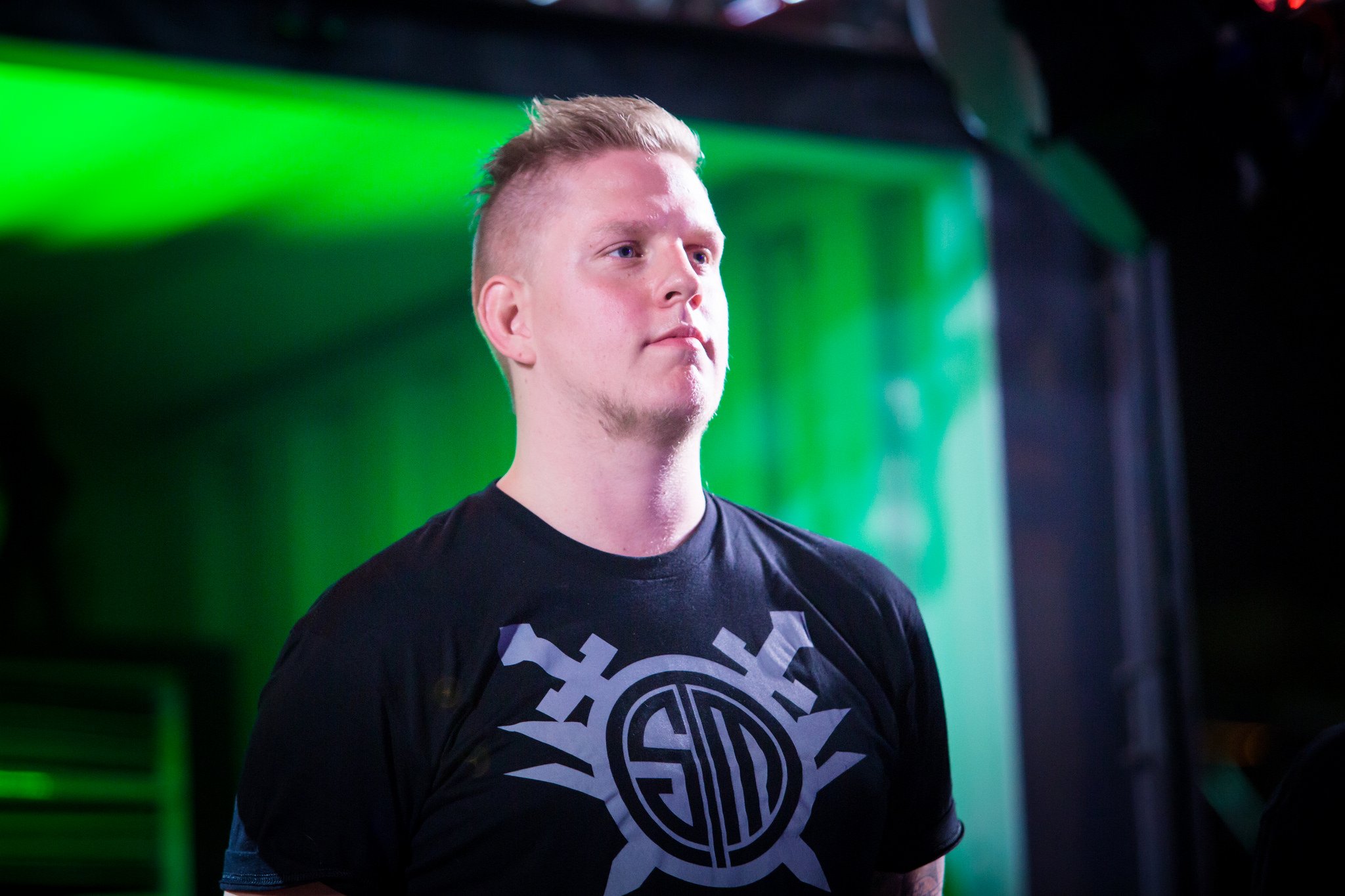
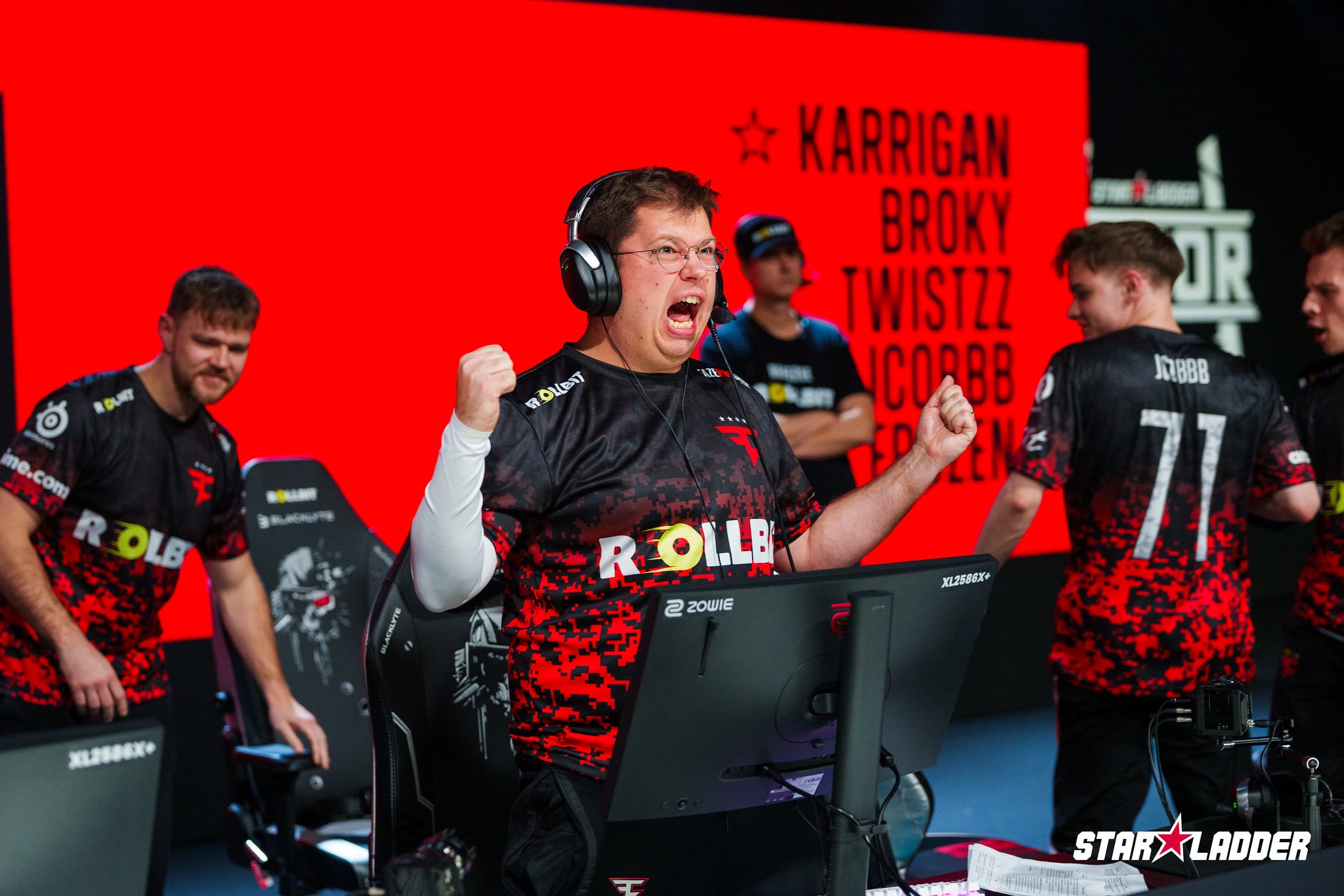
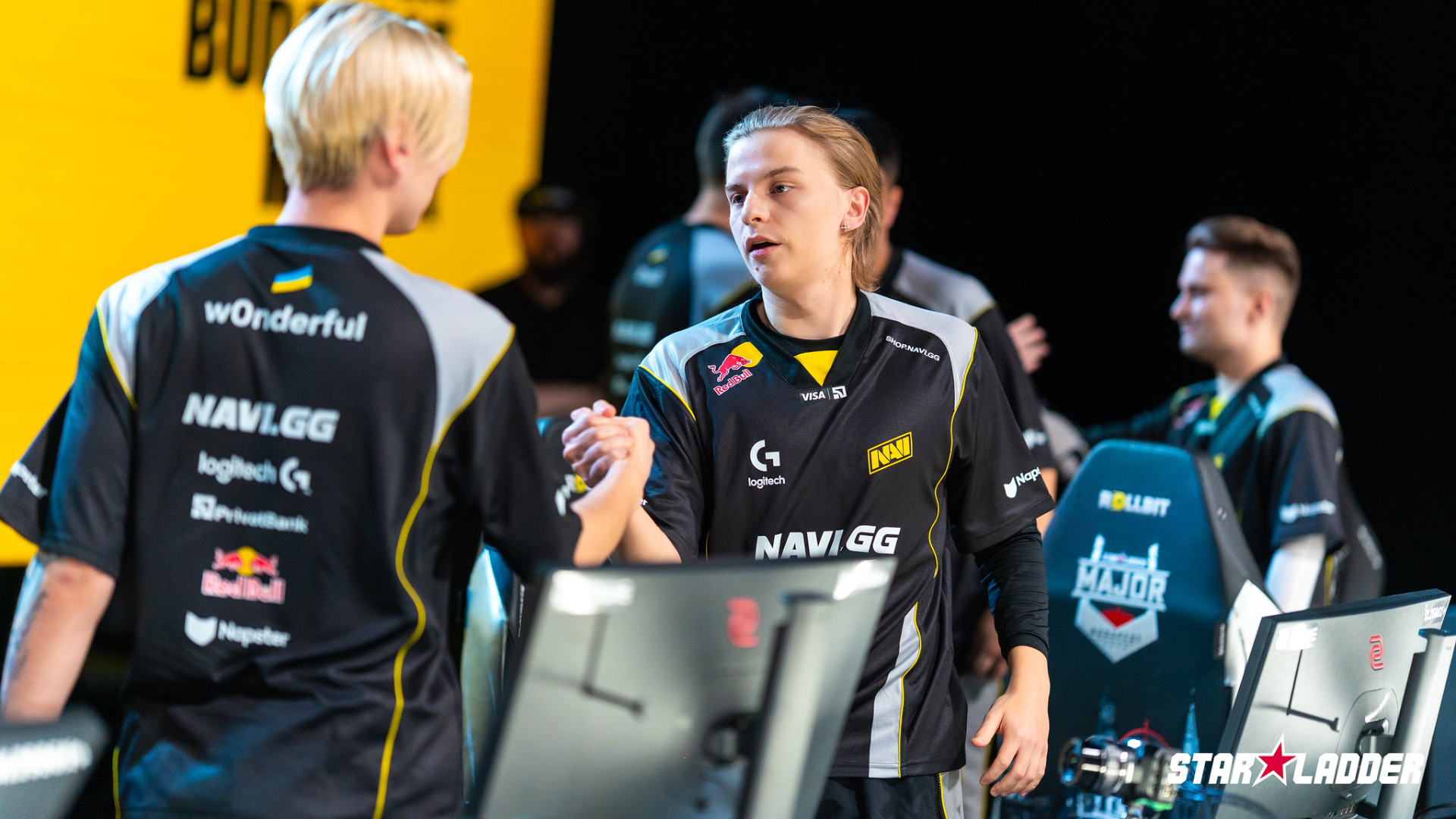
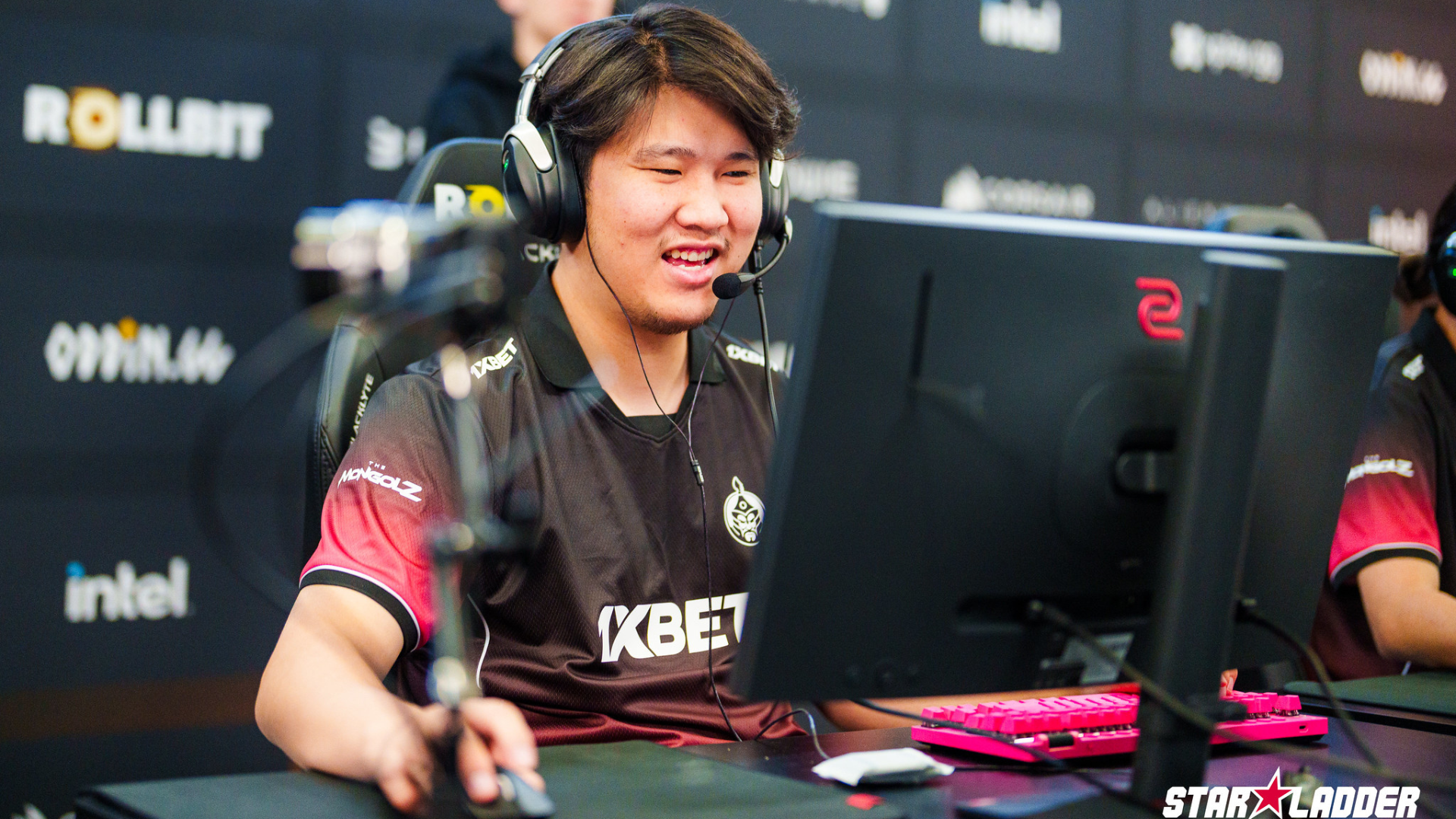
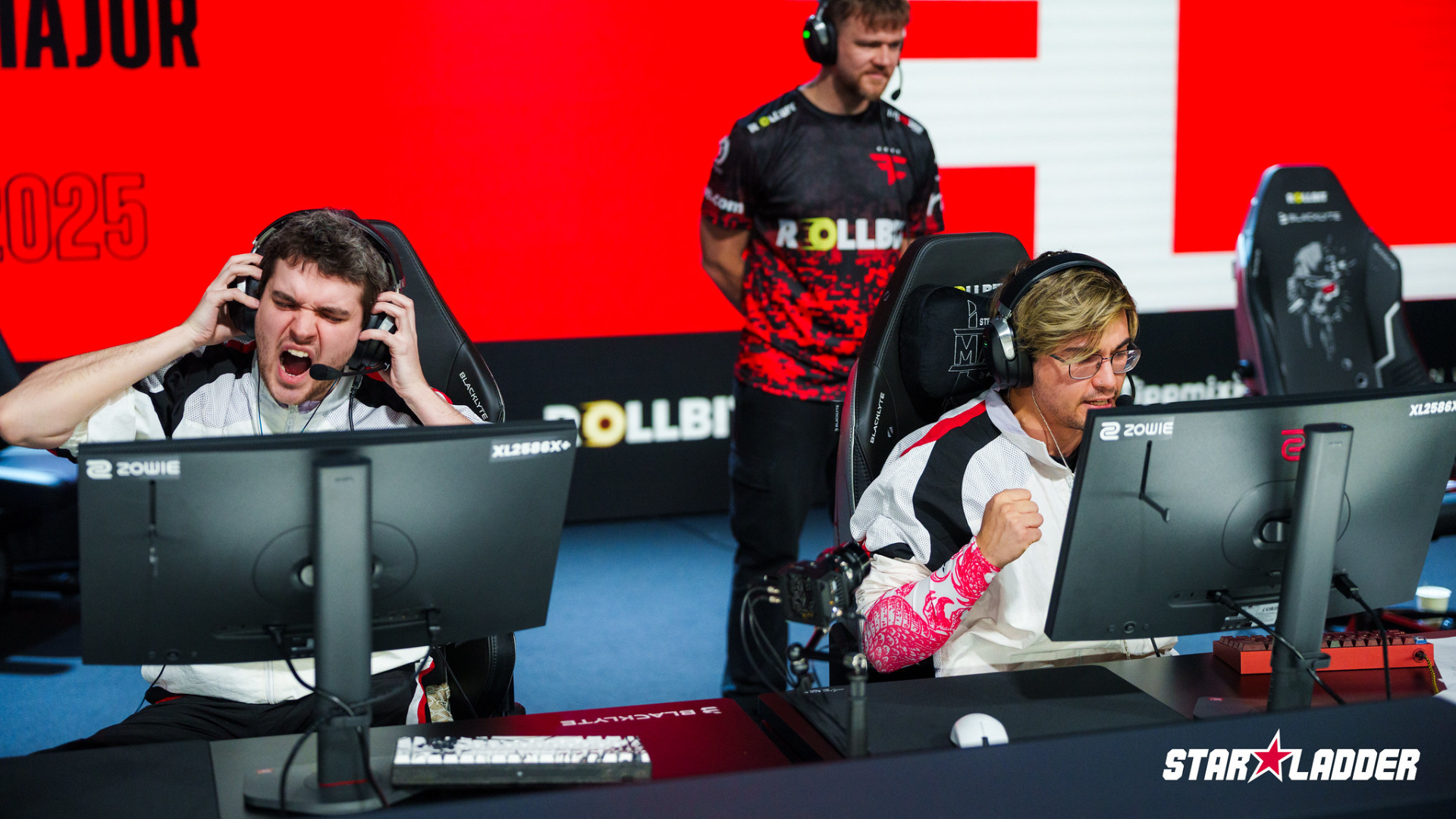
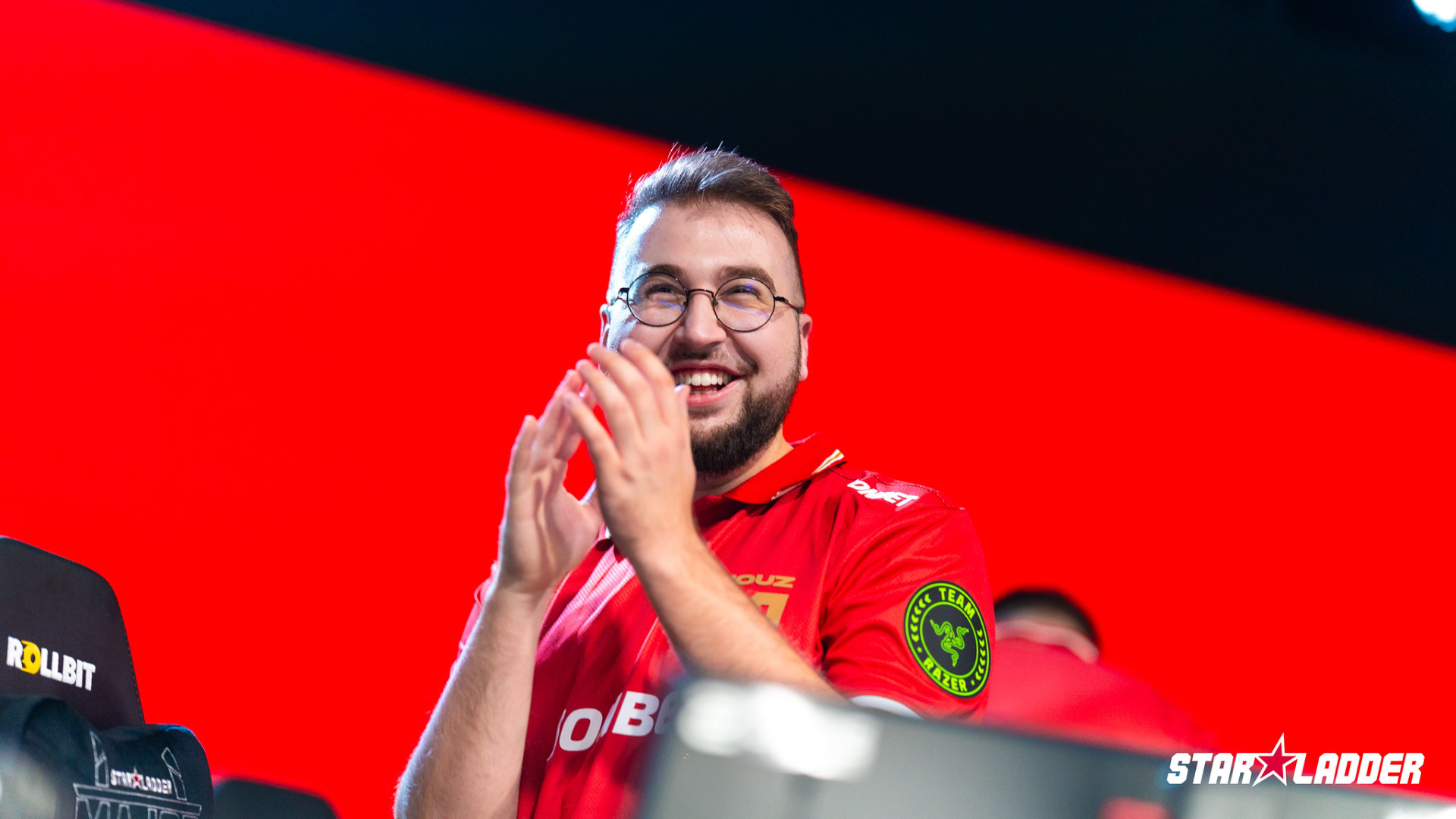
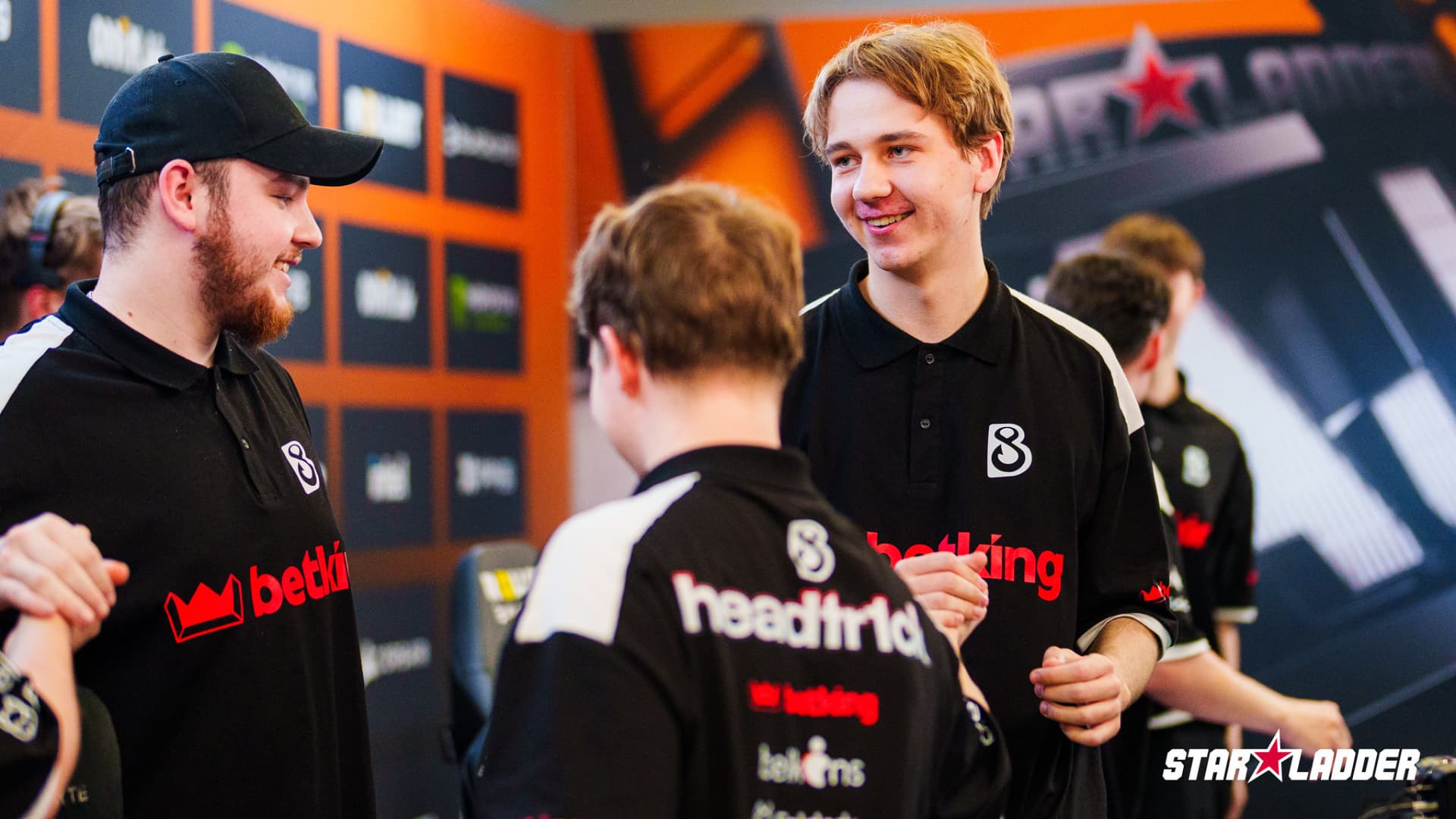
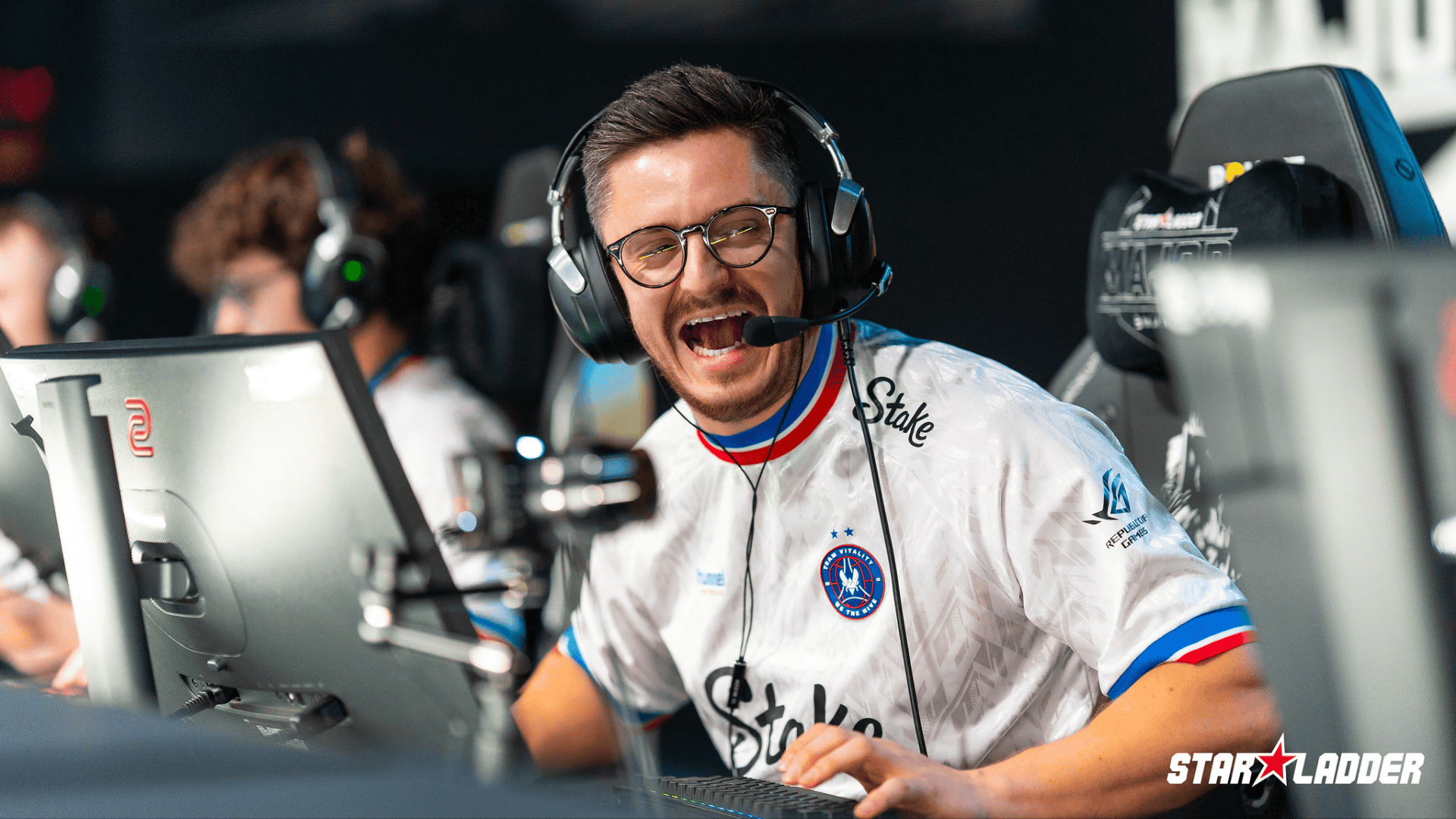
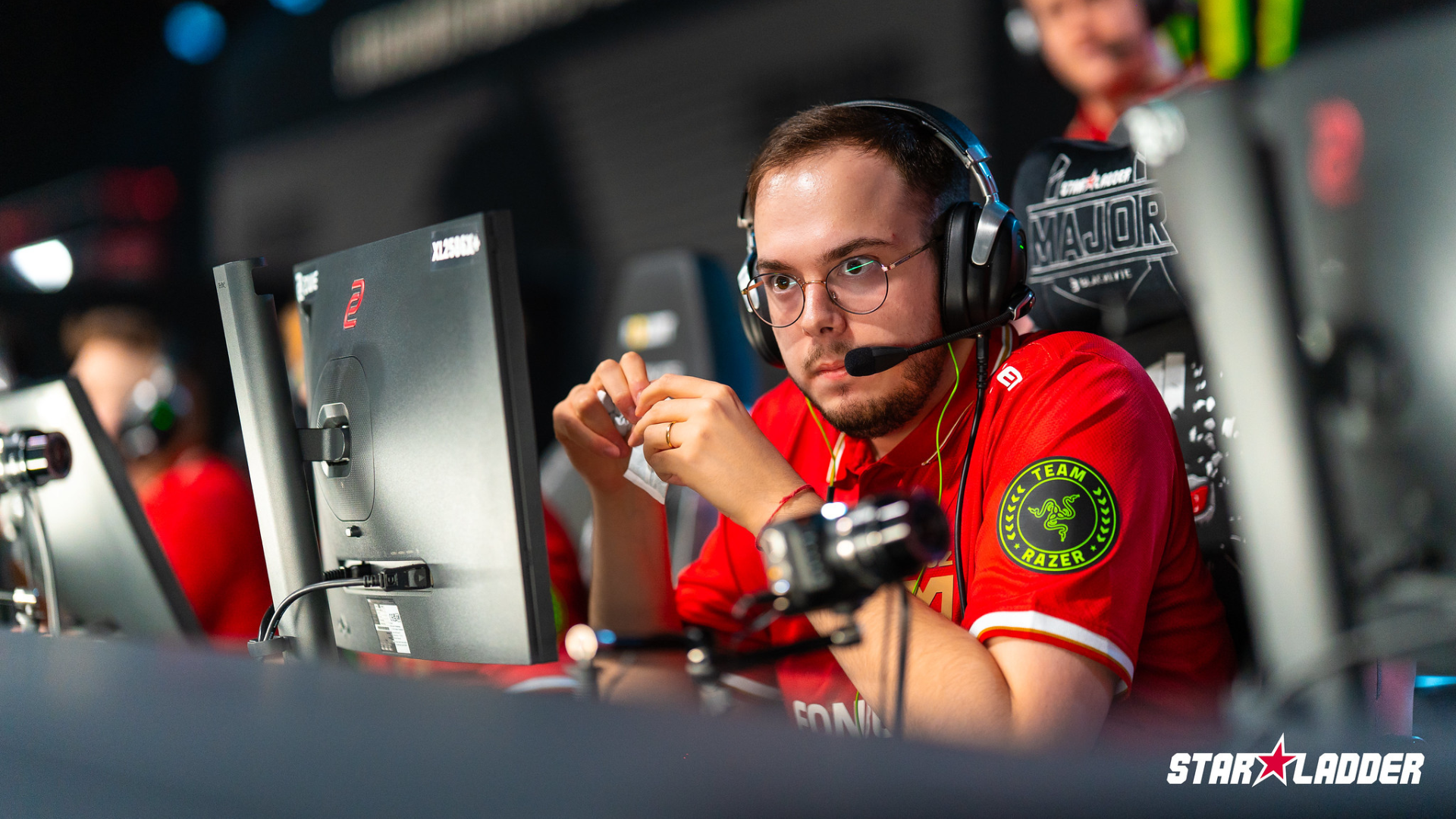
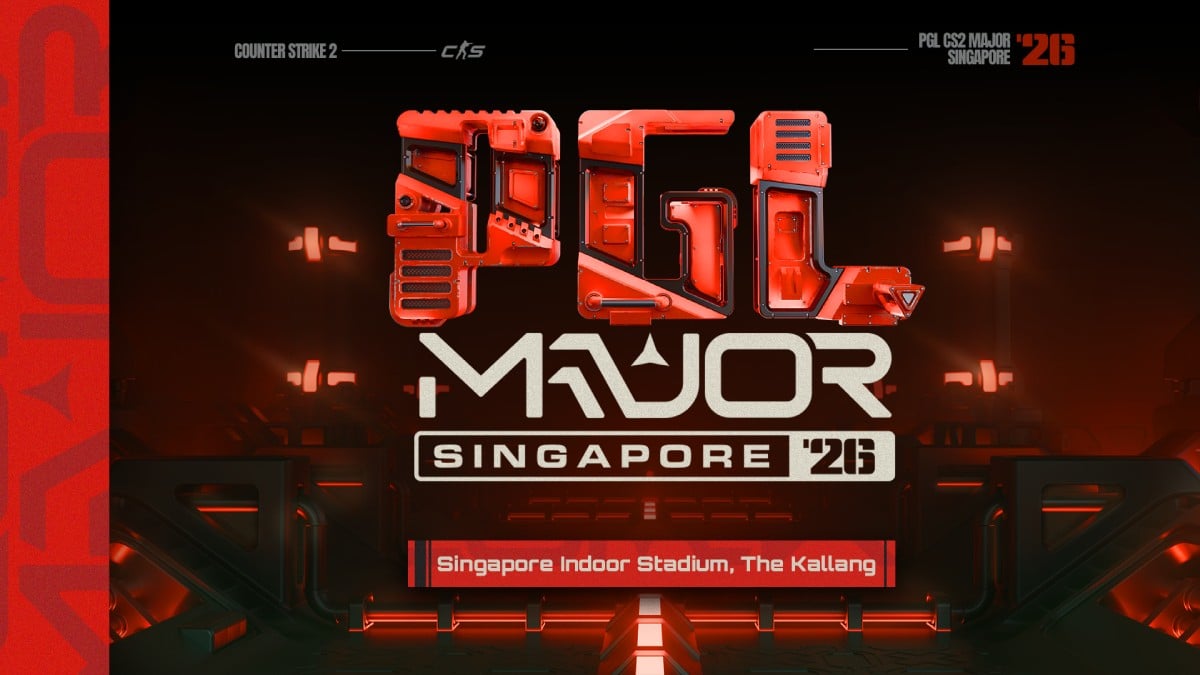
Published: Nov 25, 2016 04:20 pm